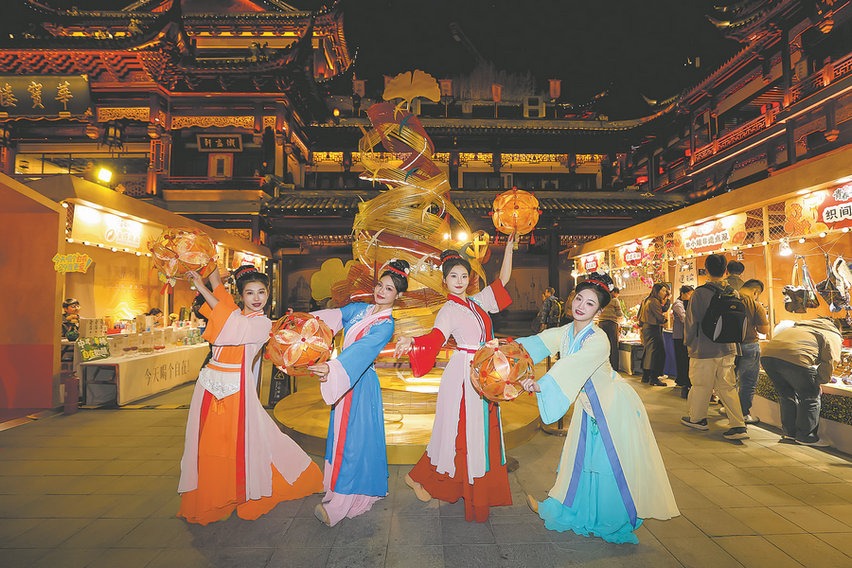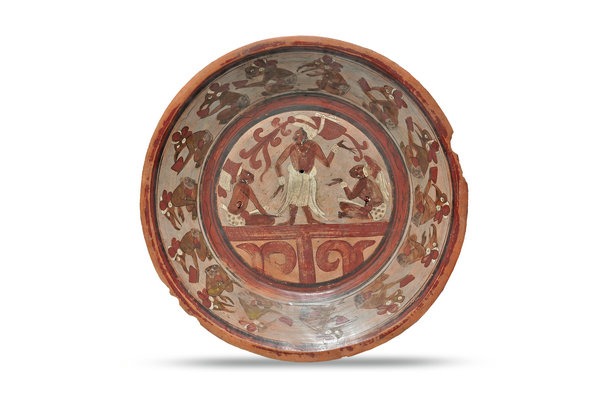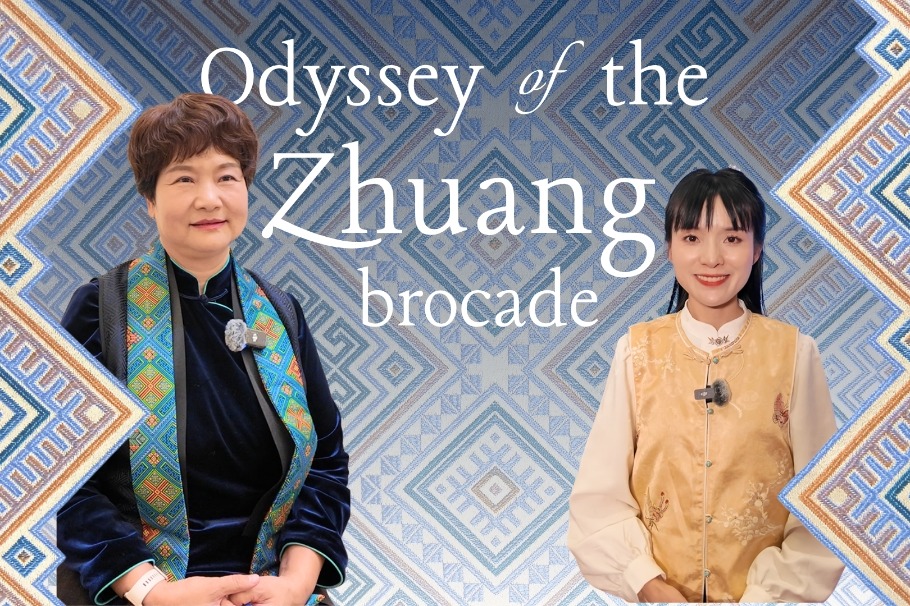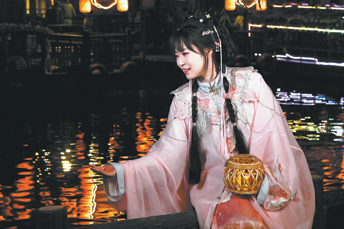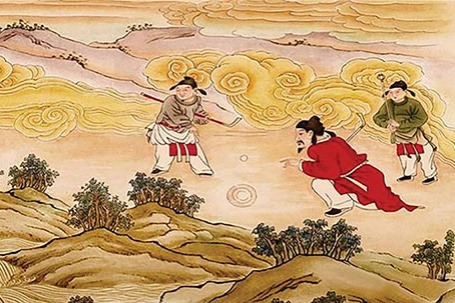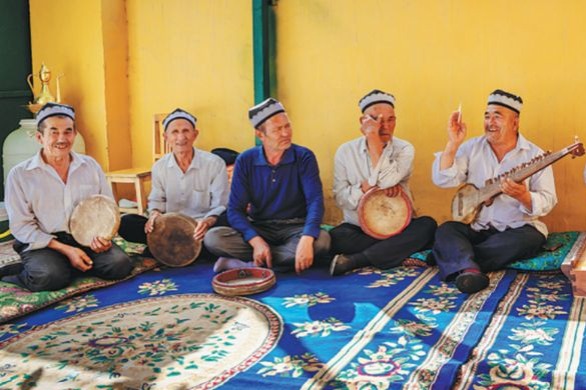Ancient craft of New Year paintings thrives in Tianjin

Yangliuqing Woodblock New Year Paintings have become a reliable crowd-puller at public events in Tianjin. Visitors queue to ink pear woodblocks, press sheets of Xuan paper, and watch colorful New Year-painting figures appear almost instantly.
"It is simultaneously simple and sophisticated," said Zhang Hong, a seventh-generation inheritor of the craft. "People feel a sense of achievement, and it's something they can take home and cherish."
Yet the quick demonstration only hints at the complexity behind the art. Zhang has spent 28 years refining and reimagining the tradition in an effort to secure its future. Producing a single New Year picture involves drafting, engraving, printing, painting, and mounting. The engraving, which shapes the fluidity and expression of the lines, demands years of dedicated practice, while the hand-painting stage, Zhang says, is "a lifelong process of learning".
Zhang lives in Yangliuqing Ancient Town, a historic settlement in Tianjin's Xiqing district that dates back to the Northern Song Dynasty (960-1127). Anchored by a Ming and Qing-style architectural complex and an ancient canal landscape, the town prospered along the Grand Canal for more than 1,000 years.
The town preserves a 120,000-square-meter historic district that showcases Tianjin's unique New Year painting culture, courtyard mansion architecture, canal heritage, and folk traditions.
Wang Nanyi, Gao Jiayue, Zhai Xiaowen, and Yang Muzi contributed to this story.






















